First time buyers get 20% off *
Canon and Gigue
Johann Pachelbel (1653 - 1706)
Sax Trio or Quartet (see below)
Canon and Gigue by Johann Pachelbel, arranged for saxophone ensemble. The first part of “Canon and Gigue” is the very famous “Pachelbel Canon in D”. The second part is a brief, lively gigue that is not well known at all. It was written by the German Baroque composer Johann Pachelbel as a work for three violins and bass continuo. The circumstances of its composition are unknown. It was written in the late 1600’s but the actual composition date is unknown. Like his other music, Pachelbel’s Canon and Gigue went out of style and was forgotten for centuries. It was re-discovered in the early 20th century. In the “Baroque revival” of the 1970’s it became popular and very well known. It remains a favorite of many today.
This arrangement of Canon and Gigue has three performance options:
- SAT saxophone trio with piano
- SATB saxophone quartet with piano
- SATB saxophone quartet (no piano)
It includes the following parts:
- Full Score
- Soprano Sax
- Alto Sax
- Tenor Sax
- Baritone Sax
- Piano/Keyboard
The original work is in the key of D and was written for three violins and basso continuo. This arrangement has been transposed to the key of C. Some octave transpositions have been made to accommodate saxophones. The Canon is in common time and is typically played at a slowish, graceful tempo. The Gigue is in 12/8. It is much less well-known. It is quite short and should go at a lively allegro tempo. The original work had no tempo, phrasing, expression, or dynamic markings. They have been added for your convenience but please, feel free to ignore or amend them to suit your performance. A certain amount of improvisation and ornamentation was expected of players during the Baroque era.
- The range for each saxophone part is shown below.
- Audio and score excerpts are available above..

About the Composer
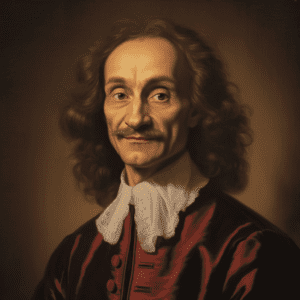 Johann Pachelbel (1653–1706) was a German composer, organist, and teacher who brought the south German organ schools to their peak. He composed a large body of sacred and secular music, and his contributions to the development of the chorale prelude and fugue have earned him a place among the most important composers of the middle Baroque era. He was a friend of J.S. Bach’s family.
Johann Pachelbel (1653–1706) was a German composer, organist, and teacher who brought the south German organ schools to their peak. He composed a large body of sacred and secular music, and his contributions to the development of the chorale prelude and fugue have earned him a place among the most important composers of the middle Baroque era. He was a friend of J.S. Bach’s family.
He was influenced by composers, such as Froberger, Kerll, Frescobaldi and Buxtehude. Pachelbel experimented with different ensembles and instrumental combinations in his chamber music and his vocal music, much of which features exceptionally rich instrumentation. Pachelbel explored many variation forms and associated techniques, from sacred concertos to harpsichord suites.
Pachelbel’s music enjoyed enormous popularity during his lifetime; he had many pupils and his music became a model for the composers of south and central Germany. Today, Pachelbel is best known for the Canon in D; other well-known works include the Chaconne in F minor, the Toccata in E minor for organ, and the Hexachordum Apollinis, a set of keyboard variations.

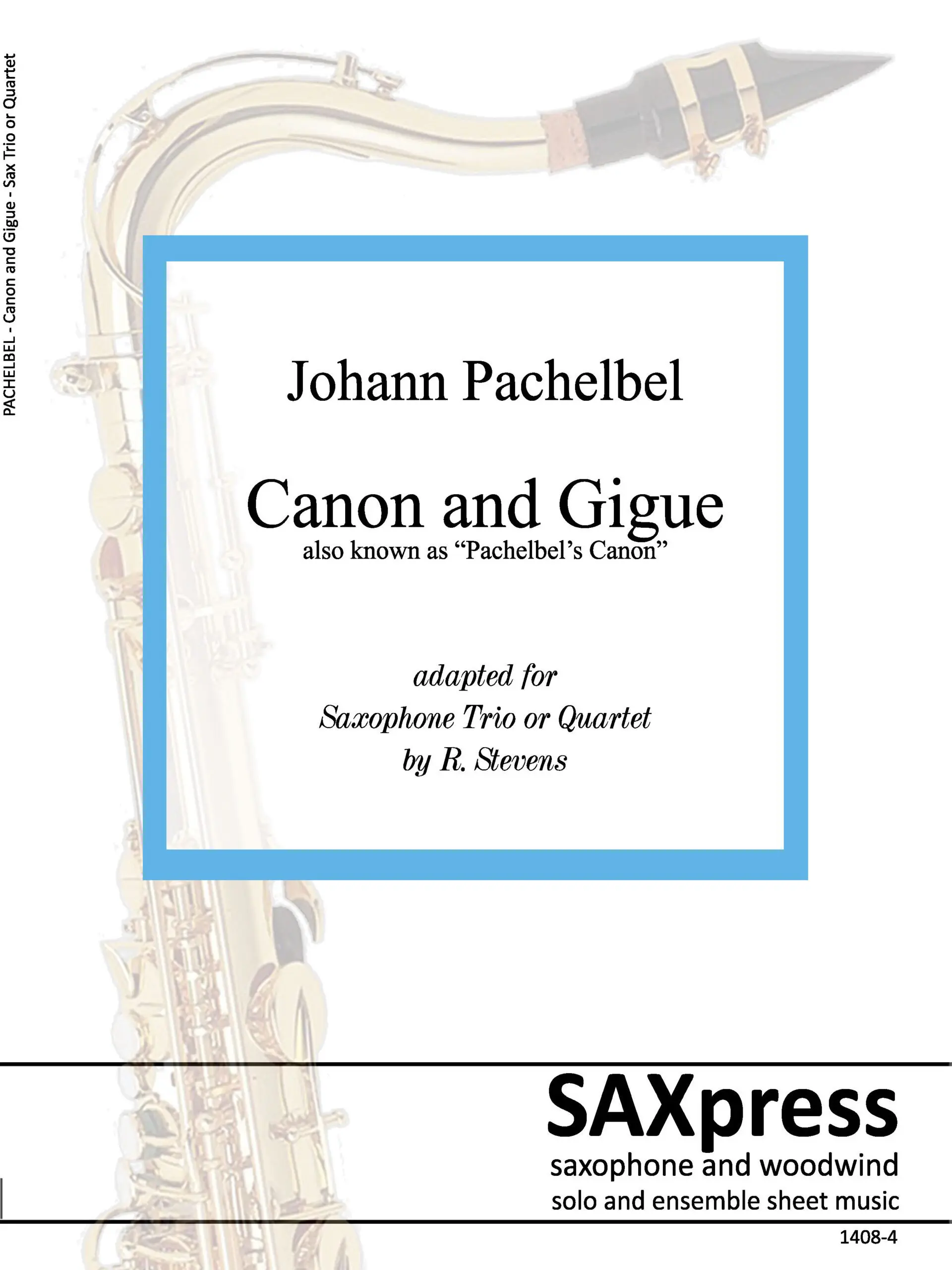
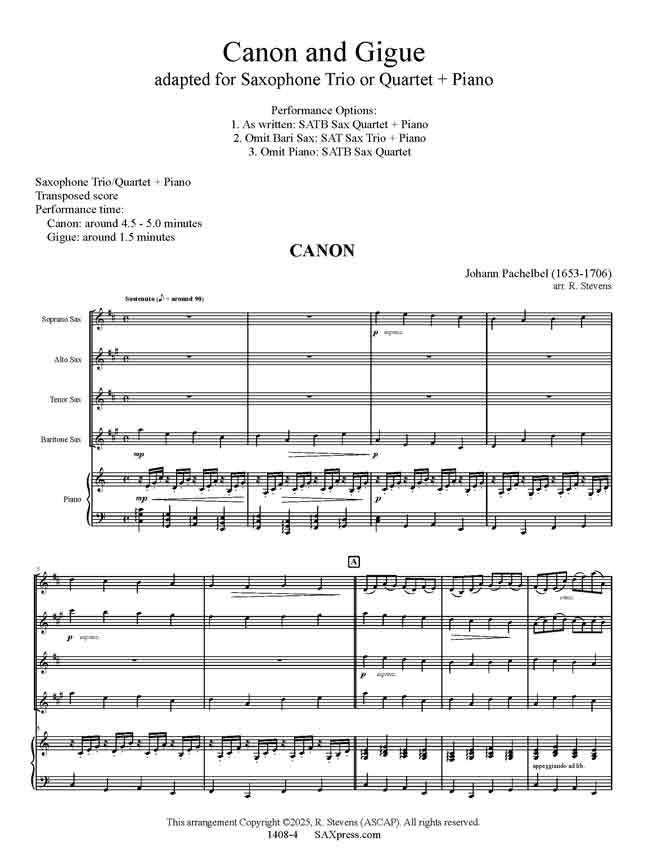

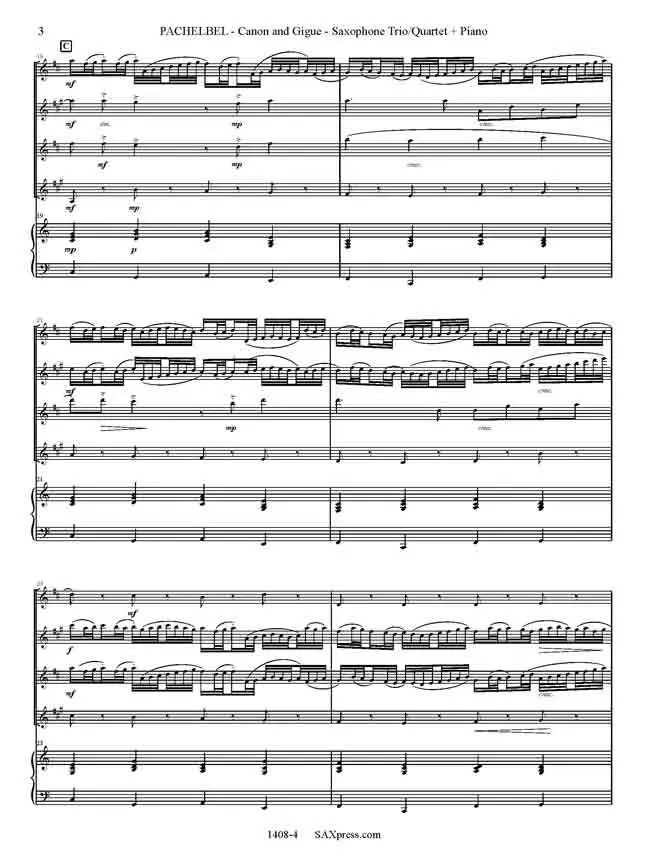




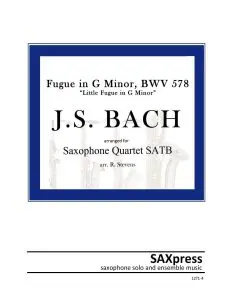
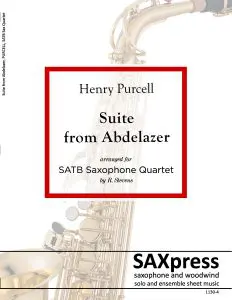
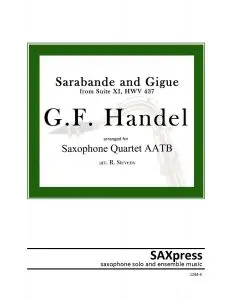
Reviews
There are no reviews yet.